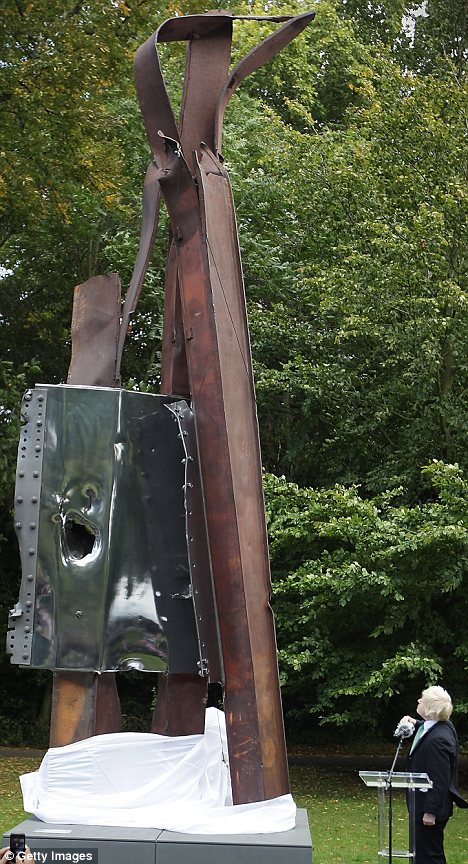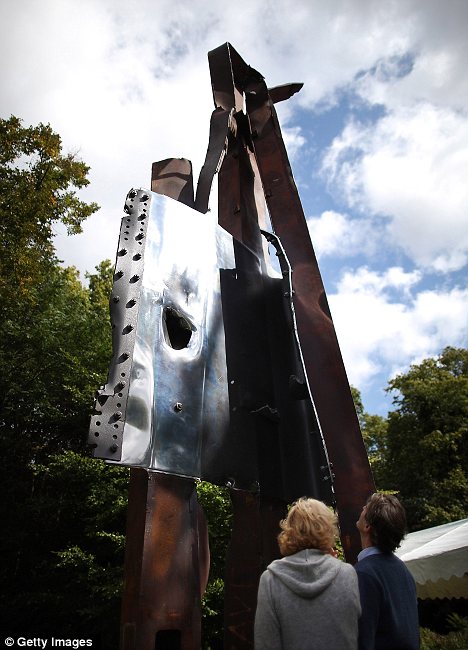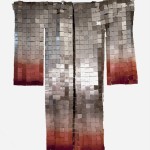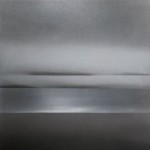Last week in London Miya Ando unveiled a sculpture titled “After 9/11.” The piece, which is intended to commemorate the attack on the World Trade Center towers 10 years ago, was fashioned out of contorted remnants of the fallen towers, which were donated by New York’s Port Authority. The sculpture was commissioned by the 911 London Project, an educational charity dedicated to helping students understand what happened on that fateful day.
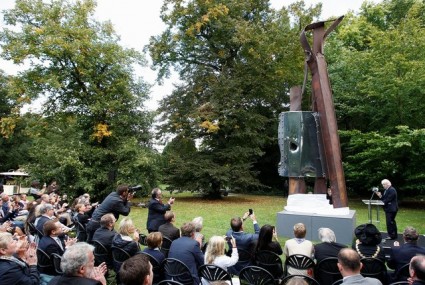
Mayor Boris Johnson at the unveiling | image © Associated Press
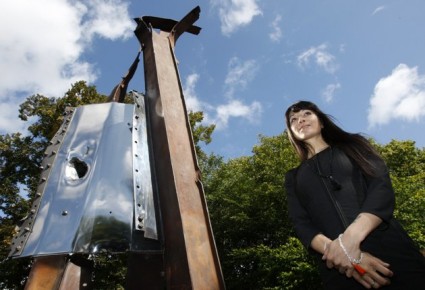
Artist Miya Ando | image © Associated Press
The structure, which stands tall with resilience, consists of 3 sections of the twin towers: enmeshed girders and a steel plate. However, as is the case with much contemporary art, Ando’s sculpture is not without controversy. Some victims’ families felt that the use of the mangled steel was an overly-graphic representation of the tragic events of 9/11 that would only cause them more grief and pain. In fact, opposition was so great that organizers were forced to relocate the sculpture from its original high-traffic location, outside London’s city hall, to a temporary and notably more discreet location in Battersea Park.
Personally, I think it’s a shame that they had to move the sculpture. I think everyone should see it. If there is anyone qualified to construct such a monument, it’s Ando. As we’ve noted in the past, Ando is a descendant of samurai-era Bizen sword makers-turned-Buddhist priests, and she carries on her family’s heritage by primarily working with steel, and with a very minimal aesthetic. But we don’t need emblematic credentials to justify the piece. Much akin to the Hiroshima Peace Memorial, a bombed-out dome whose skeleton still stands after the dropping of the atomic bomb, “After 9/11” is a poetic symbol of peace and reflection. It’s a poignant reminder of the strength – and equally, the fragility – of human life.
source: Miya Ando newsletter | DailyMail

